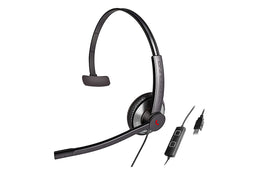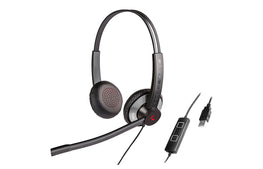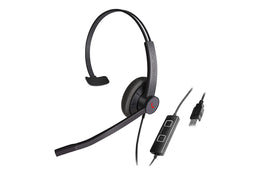
Increasing productivity in a medical practice with Dragon
Everyone wishes there were a few extra hours in the day. While the notion is an impossible dream, streamlining the repetitive processes within a medical practice can reduce the frustration of time-sink activities. This point is best illustrated by the use of voice recognition software to eliminate the need for medical transcription services and personnel.
The traditional method of taking notes by tape recorder is outdated and impractical – while it allows for a greater depth of patient information to be gathered, it still demands time to input these into a computer. This is then either done by the doctor, limiting the amount of time they are able to spend with patients and the total number they are able to see, or through a medical transcriber.
Employing staff to record notes is a reliable method, but not without its glaring concerns. While it’s necessary to obtain the required qualifications before undertaking a medical transcription career, their training and knowledge is often not on par with seasoned medical consultants and professionals. This presents the possibility for miscommunication, misinterpretation and, consciously or not, human error.
The modern medical practice no longer requires medical transcribers
For doctors in a small practice, employing a medical transcriber represents a significant investment, not just in a financial sense but also in the trust of their staff’s abilities. As voice recognition technology has improved over the past few decades, the difficulty of use and margin of error has decreased to make dictation the most cost-effective choice for transcription. Not only that, your voice recognition software doesn’t take sick days, require lengthy onboarding, or regular monitoring for efficiency and accuracy levels.
Dictation is as simple as speaking into a headset microphone, and the speed and accuracy of dictation means minimal errors are made and reports are completed quickly. Importantly, the software is so easy to use that it affords the opportunity for proof-reading while you dictate.
In a research article from the National Center for Biotechnology Information and US National Library of Medicine, Dragon medical was listed as the top-performing piece of voice recognition software. Users of the dictation software will be unsurprised, as the built-in medical vocabulary covers over 90 specialties and sub-specialties.
“Dragon is, in my experience, the easiest to use and most accurate of the engines on the market,” said Bryan Bergeron, MD.
But with outsourced transcription services all over the world, what case does voice recognition software make against this option?
Higher degrees of record accuracy across staff
As anyone associated with medicine will know, accuracy is paramount to ensure the appropriate level of care. The difference between 20mg and 200mg of medicine can be life and death, which is why reducing the steps between patient consultation and report creation is vital. While outsourced transcription services offer a reasonably cost-effective method of transcribing, how can you be sure that the people you are trusting with the life of your patients are as skilled as they say?
Dragon Medical eliminates the need for this concern. Not only does dictation put the health security of your patients in your hands, you know that reports created by other doctors have been under the same level of scrutiny. No longer will you have to concern yourself with excuses made over inaccuracies and, with every doctor creating the patient reports themselves, reports will be made available at a much faster rate than through outsourcing.
If you want to increase your free time and eliminate note-taking, Dragon medical is the first, and best, choice in medical transcription software available. Get in touch with the team at Voice Recognition Australia today to find out how you can start make savings in your practice.






